| Weight | 0.003 kg |
|---|---|
| Dimensions | 2 × 2 × 1.6 cm |
| Manufacturer | |
| Color | |
| Size |
Realistic Mayfly Nymph
US$3.32
- Amazingly realistic Hemingway’s mayfly nymph!
- Tied with first-class Hemingway’s materials.
- Now available individually.
- Choose from 5 colors: Yellow, Tan, Brown, Red Brown & Olive, and 3 hook sizes: #12, #14, #16.
- 1 fly
| Thumbnail | SKU | Color | Size | Wishlist | Price | Quantity | |
|---|---|---|---|---|---|---|---|
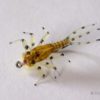 | 101-031005H12-01 | Yellow | Hook #12 |
Add to WishlistAlready in your Wishlist
Add to Wishlist
| US$3.32 | ||
 | 101-031005H14-01 | Yellow | Hook #14 |
Add to WishlistAlready in your Wishlist
Add to Wishlist
| US$3.32 | ||
 | 101-031005H16-01 | Yellow | Hook #16 |
Add to WishlistAlready in your Wishlist
Add to Wishlist
| US$3.32 | ||
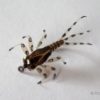 | 101-031005H12-02 | Tan | Hook #12 |
Add to WishlistAlready in your Wishlist
Add to Wishlist
| US$3.32 | ||
 | 101-031005H14-02 | Tan | Hook #14 |
Add to WishlistAlready in your Wishlist
Add to Wishlist
| US$3.32 | ||
 | 101-031005H16-02 | Tan | Hook #16 |
Add to WishlistAlready in your Wishlist
Add to Wishlist
| US$3.32 | ||
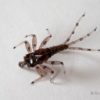 | 101-031005H12-03 | Brown | Hook #12 |
Add to WishlistAlready in your Wishlist
Add to Wishlist
| US$3.32 | ||
 | 101-031005H14-03 | Brown | Hook #14 |
Add to WishlistAlready in your Wishlist
Add to Wishlist
| US$3.32 | ||
 | 101-031005H16-03 | Brown | Hook #16 |
Add to WishlistAlready in your Wishlist
Add to Wishlist
| US$3.32 | ||
 | 101-031005H12-04 | Red Brown | Hook #12 |
Add to WishlistAlready in your Wishlist
Add to Wishlist
| US$3.32 | ||
 | 101-031005H14-04 | Red Brown | Hook #14 |
Add to WishlistAlready in your Wishlist
Add to Wishlist
| US$3.32 | ||
 | 101-031005H16-04 | Red Brown | Hook #16 |
Add to WishlistAlready in your Wishlist
Add to Wishlist
| US$3.32 | ||
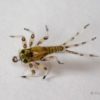 | 101-031005H12-05 | Olive | Hook #12 |
Add to WishlistAlready in your Wishlist
Add to Wishlist
| US$3.32 | ||
 | 101-031005H14-05 | Olive | Hook #14 |
Add to WishlistAlready in your Wishlist
Add to Wishlist
| US$3.32 | ||
 | 101-031005H16-05 | Olive | Hook #16 |
Add to WishlistAlready in your Wishlist
Add to Wishlist
| US$3.32 |

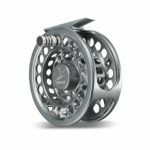
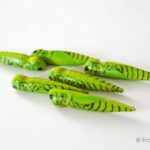
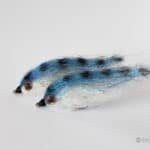
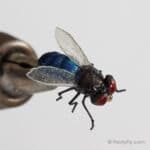
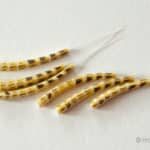
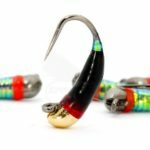
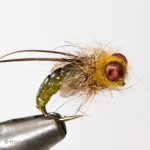
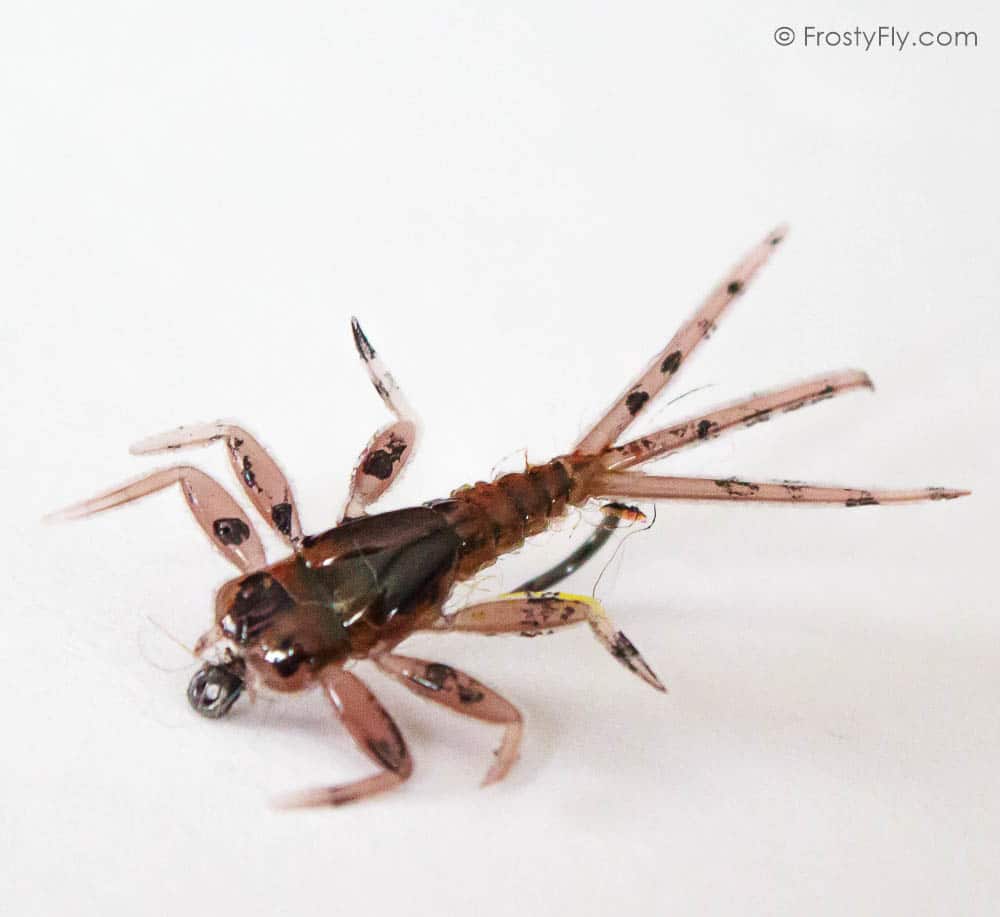
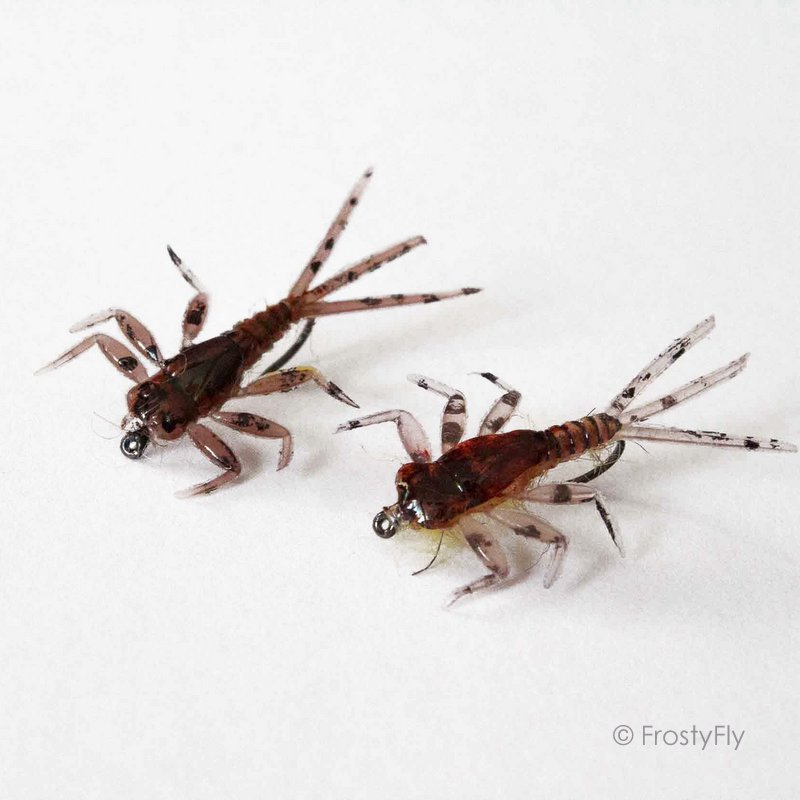
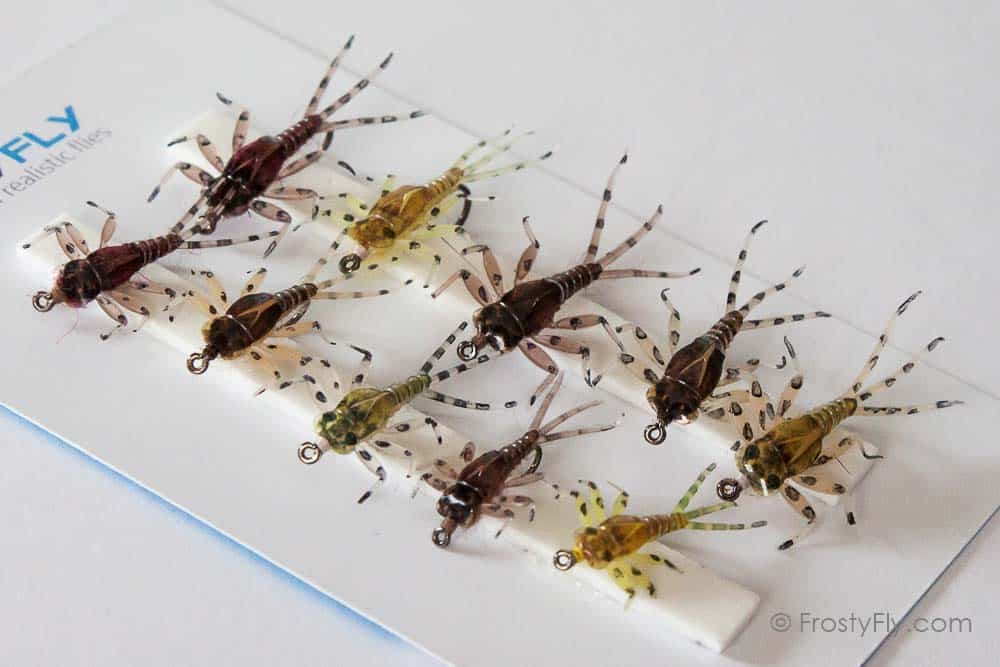
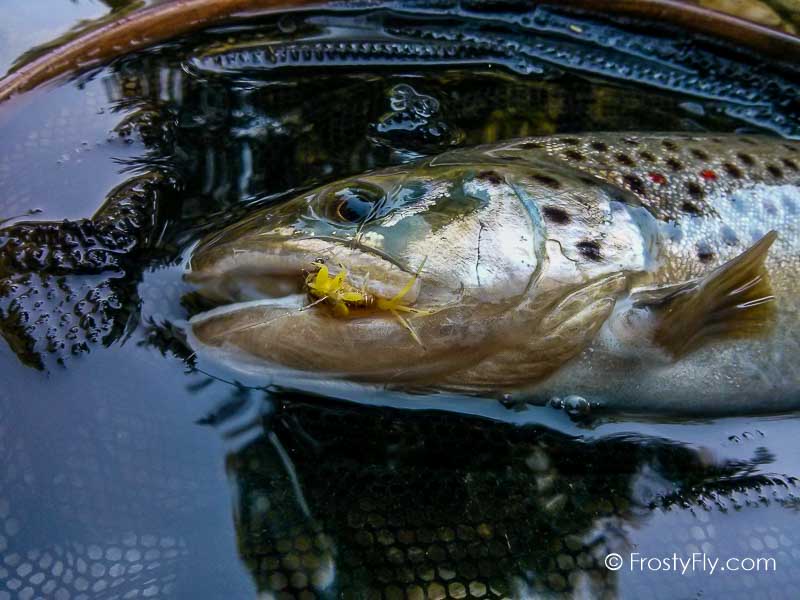
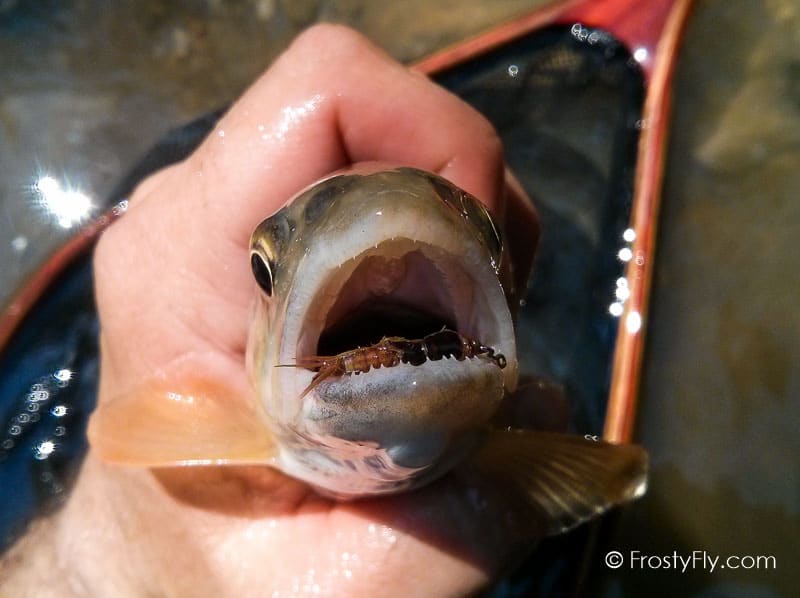
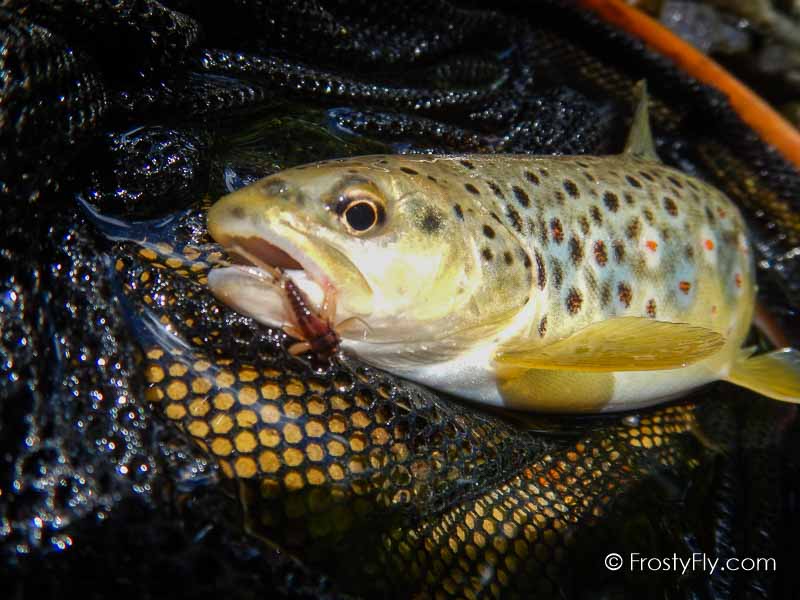


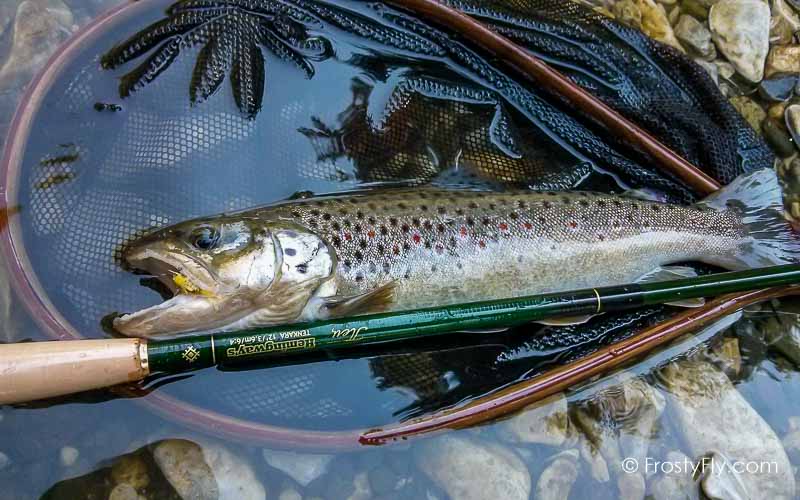

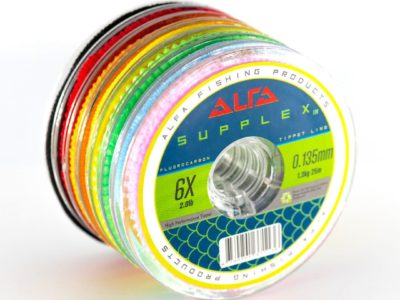
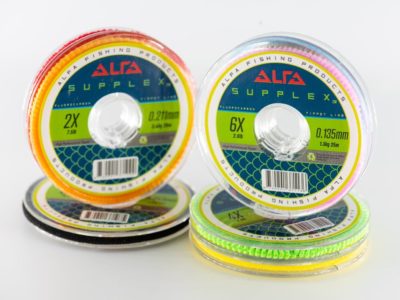
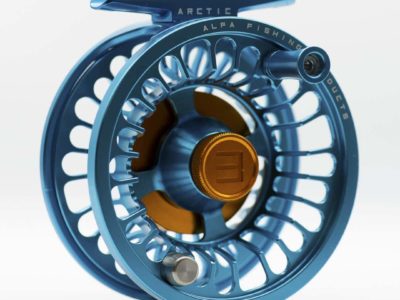
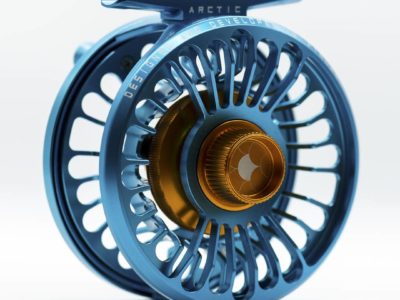
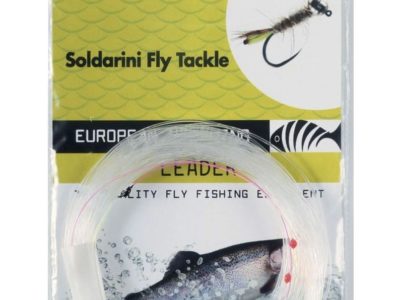
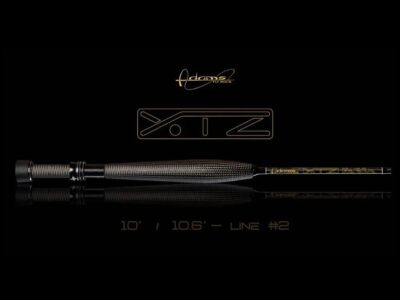
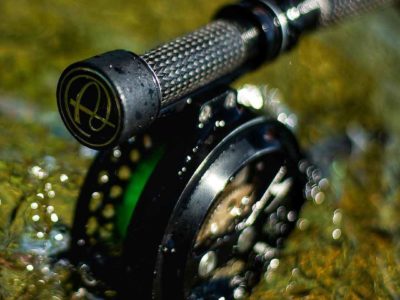
Steven M Gonzales (verified owner) –
Well made.